 Welcome
Welcome
“May all be happy, may all be healed, may all be at peace and may no one ever suffer."
Vesicoureteral reflux

Vesicoureteral reflux (VUR) is a condition where urine flows backward from the bladder into the ureters, the tubes that carry urine from the kidneys to the bladder. VUR is a common condition in children, but can also occur in adults.
VUR is usually diagnosed in children during the investigation of recurrent urinary tract infections (UTIs). Symptoms may include fever, pain or burning during urination, and increased frequency or urgency to urinate.
VUR can be classified into five grades based on the severity of the condition. In mild cases, VUR may not require treatment, and the condition may resolve on its own as the child grows older. In more severe cases, treatment may be required to prevent kidney damage or further UTIs.
Treatment for VUR may include the use of antibiotics to prevent infection, surgical correction of the condition, or a combination of both. Surgical options may include endoscopic injection of a bulking agent, re-implantation of the ureter, or removal of the affected kidney.
The prognosis for VUR depends on the severity of the condition, the age of the patient, and the presence of any other underlying conditions. With appropriate treatment, most patients can manage their symptoms and prevent further complications. Regular monitoring by a healthcare provider is recommended for patients with VUR to ensure that the condition is properly managed.
Research Papers
Disease Signs and Symptoms
- A strong, persistent urge to urinate
- High blood pressure (hypertension)
- Frequent bowel movements
- Irritability
- Loss of appetite
- Abdomen pain
- Fever
- Excess protein or cloudy urine (proteinuria)
- Pain or burning during urination (dysuria)
- Frequent urination
- Strong urine smell
Disease Causes
Vesicoureteral reflux
Your urinary system includes your kidneys, ureters, bladder and urethra. All play a role in removing waste products from your body via urine.
Tubes called ureters carry urine from your kidneys down to your bladder, where it is stored until it exits the body through another tube (the urethra) during urination.
Vesicoureteral reflux can develop in two types, primary and secondary:
- Primary vesicoureteral reflux. Children with primary vesicoureteral reflux are born with a defect in the valve that normally prevents urine from flowing backward from the bladder into the ureters. Primary vesicoureteral reflux is the more common type.
- As your child grows, the ureters lengthen and straighten, which may improve valve function and eventually correct the reflux. This type of vesicoureteral reflux tends to run in families, which indicates that it may be genetic, but the exact cause of the defect is unknown.
- Secondary vesicoureteral reflux. The cause of this form of reflux is most often from failure of the bladder to empty properly, either due to a blockage or failure of the bladder muscle or damage to the nerves that control normal bladder emptying.
Disease Prevents
Disease Treatments
Treatment options for vesicoureteral reflux depend on the severity of the condition. Children with mild cases of primary vesicoureteral reflux may eventually outgrow the disorder. In this case, your doctor may recommend a wait-and-see approach.
For more severe vesicoureteral reflux, treatment options include:
Medications
UTIs require prompt treatment with antibiotics to keep the infection from moving to the kidneys. To prevent UTIs, doctors may also prescribe antibiotics at a lower dose than for treating an infection.
A child being treated with medication needs to be monitored for as long as he or she is taking antibiotics. This includes periodic physical exams and urine tests to detect breakthrough infections — UTIs that occur despite the antibiotic treatment — and occasional radiographic scans of the bladder and kidneys to determine if your child has outgrown vesicoureteral reflux.
Surgery
Surgery for vesicoureteral reflux repairs the defect in the valve between the bladder and each affected ureter. A defect in the valve keeps it from closing and preventing urine from flowing backward.
Methods of surgical repair include:
- Open surgery. Performed using general anesthesia, this surgery requires an incision in the lower abdomen through which the surgeon repairs the problem. This type of surgery usually requires a few days' stay in the hospital, during which a catheter is kept in place to drain your child's bladder. Vesicoureteral reflux may persist in a small number of children, but it generally resolves on its own without need for further intervention.
- Robotic-assisted laparoscopic surgery. Similar to open surgery, this procedure involves repairing the valve between the ureter and the bladder, but it's performed using small incisions. Advantages include smaller incisions and possibly less bladder spasms than open surgery.
- But, preliminary findings suggest that robotic-assisted laparoscopic surgery may not have as high of a success rate as open surgery. The procedure was also associated with a longer operating time, but a shorter hospital stay.
- Endoscopic surgery. In this procedure, the doctor inserts a lighted tube (cystoscope) through the urethra to see inside your child's bladder, and then injects a bulking agent around the opening of the affected ureter to try to strengthen the valve's ability to close properly.
- This method is minimally invasive compared with open surgery and presents fewer risks, though it may not be as effective. This procedure also requires general anesthesia, but generally can be performed as outpatient surgery.
Treatment of vesicoureteral reflux at Mayo Clinic is unique in its individualized approach to medical care. Cases of reflux aren't all the same. Mayo Clinic's pediatric urologists emphasize a thorough medical history and exam to fit each patient and family.
Because bowel and bladder dysfunction can have a significant impact in some patients with recurring urinary tract infections with or without reflux, Mayo Clinic has a state-of-the-art pelvic floor rehabilitation and biofeedback program to help cure these conditions.
When surgery is necessary, your Mayo Clinic care team implements a surgical plan designed to give the best results with the least invasive method. Mayo Clinic physicians are innovators of the hidden incision endoscopic surgery (HIdES) procedure, which allows for surgery to be done with incisions that aren't visible if the child wears a bathing suit.
Disease Diagnoses
Disease Allopathic Generics
Disease Ayurvedic Generics
Disease Homeopathic Generics
Disease yoga
Vesicoureteral reflux and Learn More about Diseases

Neurofibromatosis

Gallbladder cancer
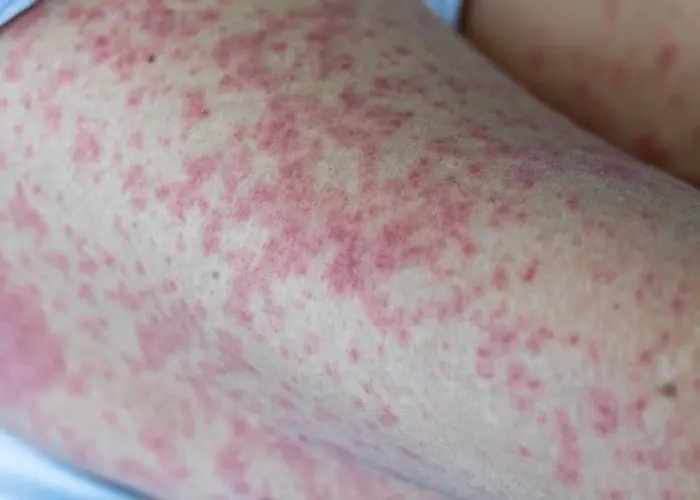
Drug allergy
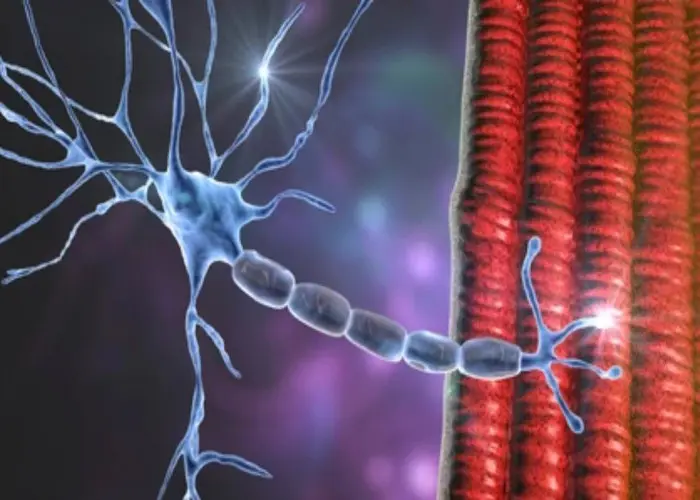
Congenital myasthenic syndromes

Osteochondritis dissecans
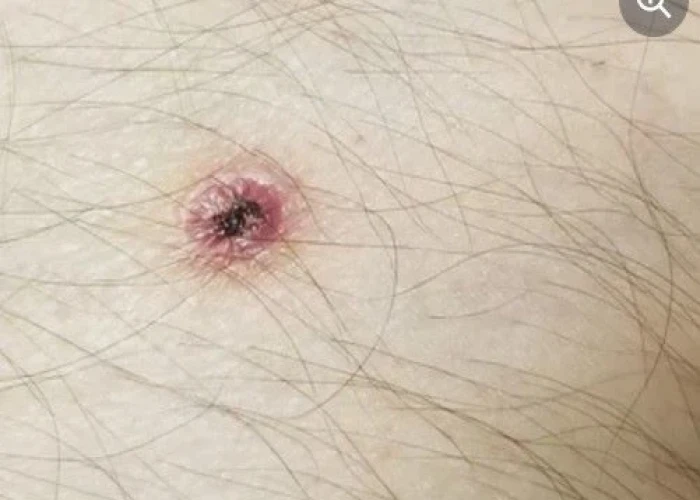
Pyoderma gangrenosum
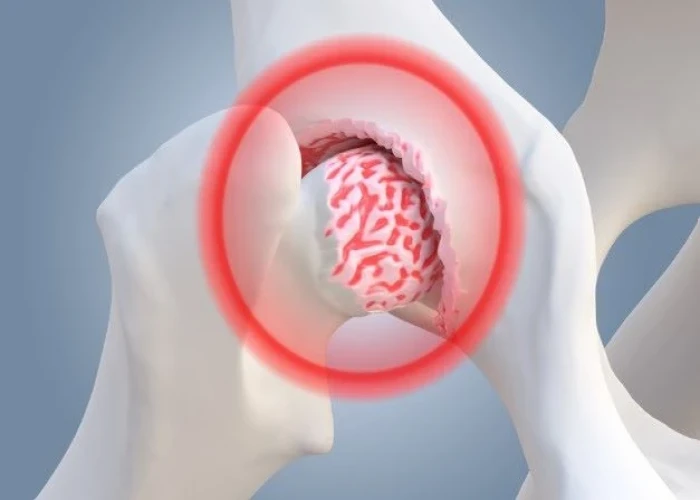
Osteoarthritis
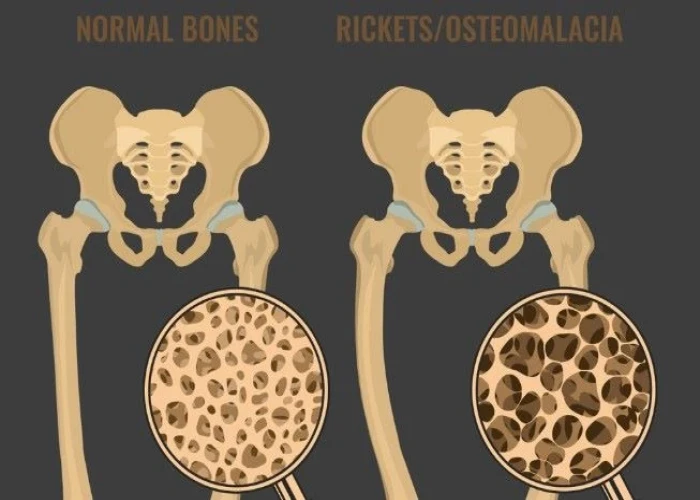
Osteomalacia
vesicoureteral reflux, ভেসিকোরেটেরাল রিফ্লাক্স
To be happy, beautiful, healthy, wealthy, hale and long-lived stay with DM3S.
